A Geophysical Survey at Carrowmore Ecclesiastical Complex, Inishowen
Max Adams and Colm O’Brien
Map Carrowmore1 Caption Figure 1: Site of geosurvey at Carrowmore
Map Carrowmore2 Caption Figure 2: Results of geoscan showing part of vallum or ditch of Carrowmore monastery.
At Carrowmore magnetic anomalies, strongly indicative of a hitherto unknown double sub-circular ditch-and-bank enclosure, were recorded in a gradiometer survey. This appears to have formed the setting for the historically attested Early Christian monastery of Both Chonais and the burial ground whose physical presence is reflected in two high crosses, smaller marker stones, a rectilinear earthwork and ‘holy well’ site (Lacy 2010). If complete, the outer ditched enclosure would have a diameter of some 115m, the inner and 60m. The outer ditch, truncated by the river cliff along the north-west edge of the site, is the more complete.
Visible remains are in two fields (Fields 1 and 2 in Figure 1) under pasture separated by a road leading down-slope towards the flood plan of Culdaff River to the north. The survey took in also a third field (Field 3 in Figure 1) to the south-west. Figure 2 shows the areas surveyed and the results, with areas of high negative magnetic anomaly showing as dark tone and low anomaly as light tone
In Field 3 the outer negative anomaly formed a strong arc. Inside and outside this ditch a low magnetic response suggests the partial survival of a bank or banks. The interior arc, buried perhaps under a more substantial deposit of hill wash, provided a stronger response for both ditch and internal bank, suggesting that its original form and a buried land surface beneath the bank may be recoverable by excavation. The maximum width of the ditches is less than 2m; the depth can be estimated at less than 1m; the possibility of accompanying walls or stone revetments cannot be discounted. A faint broad linear anomaly running south-west to north-east may be interpreted as a track way; there is possible evidence of a small entrance in the bank or ditch where they cross, but none in the inner arc. Within the inner arc of the enclosure, further arcs of low magnetic response seem to reflect more than one phase of bank. If these are successive lines of upcast from the ditch, there is rich potential for phasing the history of the enclosure by excavation. Strongly defined anomalies some way beyond the outer arc cannot at present be interpreted.
In Field 2, the outer ditch anomaly is weaker and indication of a bank was observed. A gap 10-11m wide and with enlarged terminals, particularly on the south side, appears to define an entrance. The high cross in this field appears to be directly opposed to the entrance, 7-8m south-east. If so, this has profound implications for interpreting the site as a whole: that enclosure and cross are contemporary and physically connected; and that the cross has stood on its present site since the period of use of the sub-circular enclosure. Other small anomalies occur in the vicinity of the putative entrance, indicating possible post-hole structures which might respond to more detailed geophysical survey.
Continuation of the sub-circular enclosure into Field 1 is evidenced by three arcs, two of them apparently disrupted (and therefore probably overlain) by a rectilinear enclosure which seems to partially mirror the stone and earthwork banks of the upstanding monument just visible as a faint, pale line. The archaeology in this field is complex and likely to be stratigraphically rich, with evidence of the relationship between cemetery and sub-circular enclosure being key to understanding the long-term development of the site. The high cross close to the south boundary of this field is almost at the centre of the inner enclosure. If the crosses in Fields 1 and 2 stand in situ, there is reason to suppose that burials and memorials, which might be revealed in some detail by resistivity survey, will survive.
The rectilinear enclosure visible as earthworks in Field 1 is, by analogy with other early cemetery sites such as those at nearby Moville (Cooley) and Cloncha, to be expected to yield not only burials and memorials, but the remains of a church or shrine. Stone walls which appear to form the bounds of this enclosure are shown in ‘ghost’ form on the gradiometer survey, where the north-west section of wall appears to coincide with an overlying negative feature. A number of strong negative, but isolated anomalies might reflect the presence of memorial stones or crosses beneath the turf.
This survey was conducted using a Geoscan FM36 gradiometer with STS sample trigger and Geoplot3.0 software by the authors with members of the Bernician Studies Group of the University of Sunderland under licence from the Department of Arts, Heritage and the Gaeltacht and with the permission of the landowners. A full report, including details of a survey at the nearby ringfort of Gorey, has been deposited with the Department of Arts, Heritage and the Gaeltacht and with County Donegal Library Service.
Max Adams, Visiting Lecturer and Colm O’Brien, Senior Lecturer, University of Sunderland.
Lacy, B., “The ecclesiastical site at Carrowmore in Inishowen”. Donegal Annual, no. 62, pp. 11-14
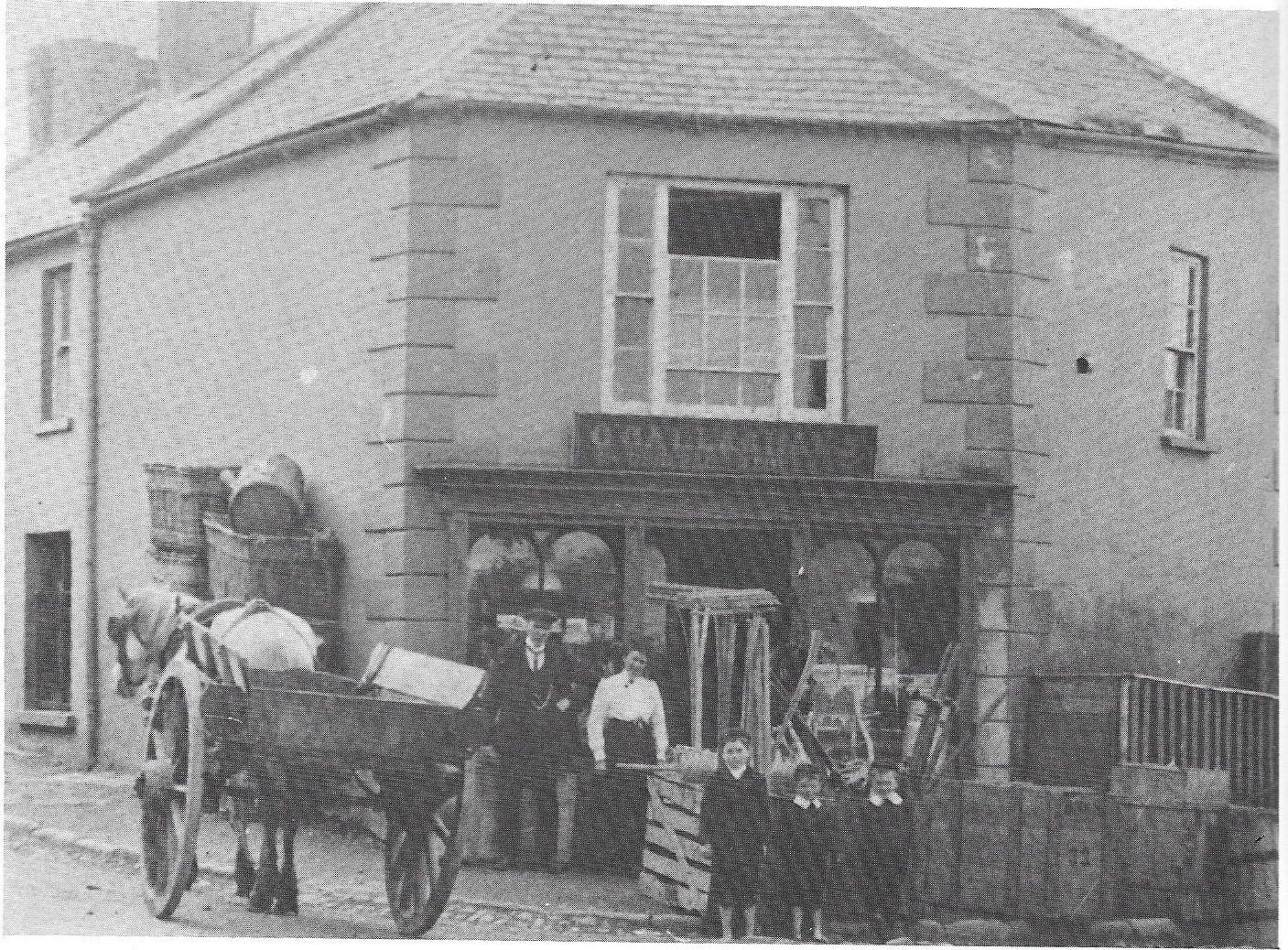
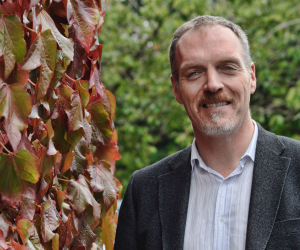

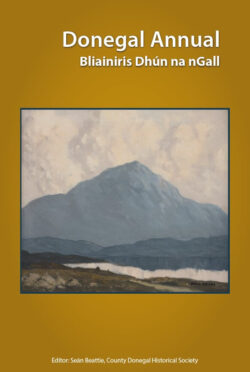
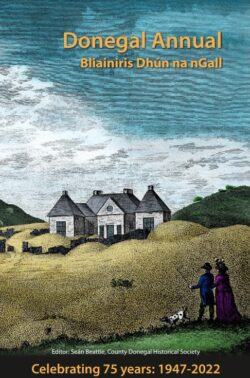
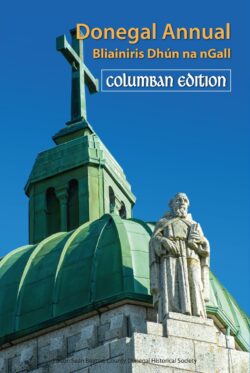
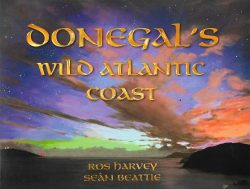

Leave a Reply